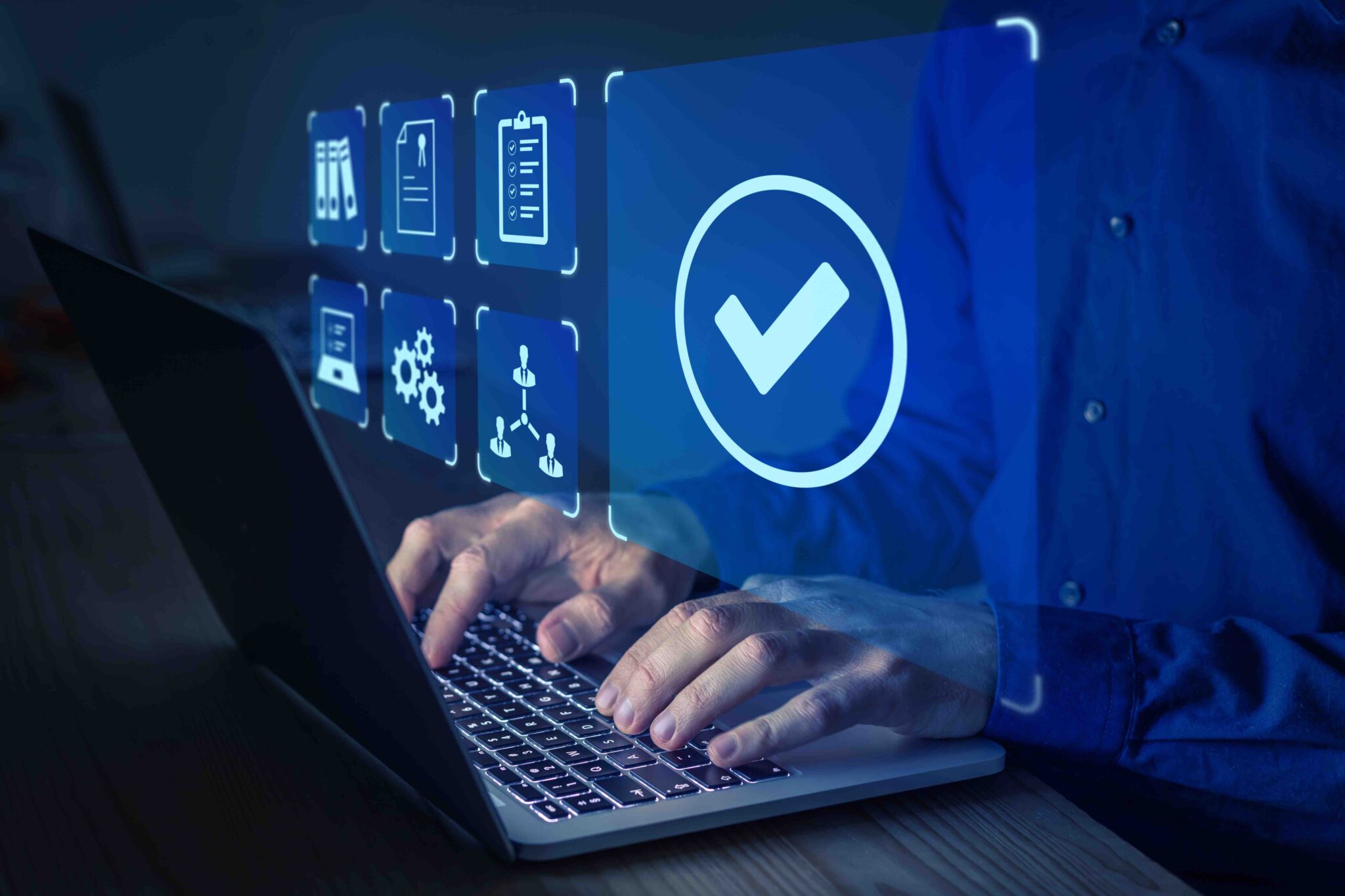
How to Perform a Web Accessibility (WCAG) Audit
What is a Web Accessibility Audit?
A web accessibility audit is a process by which you test a website or web application against the Web Content Accessibility Guidelines (WCAG). This type of assessment gives you an understanding of how usable your website is for people who use assistive technologies. It is completed using web accessibility tools to conduct a mix of automated and manual tests.
Why should I have a WCAG audit performed on my website?
There are a number of reasons why you should have a web accessibility audit performed (and then fix the issues that are found):
- It’s a legal requirement that websites are accessible. There are many laws around the US and the world that require websites & web applications to be accessible. If you are part of an ADA lawsuit or have been served a legal demand letter, Accessible Web can help.
- Improving accessibility helps improve overall usability. To ensure a usable, accessible experience, accessibility UX testing is part of the Accessible Web Certification process.
- Expanded customer base. When your website is accessible, you open yourself up to a larger audience.
What’s the best time to do a web accessibility audit?
The best time to perform a web accessibility audit was yesterday; the second-best time is now. If you haven’t had a WCAG audit completed yet, you should get going on it as soon as possible.
In terms of the development cycle, shifting left is always best. Integrating accessibility audits, checks, & tests into each aspect of your dev life cycle is the most comprehensive approach. Starting with your designs and all the way through pushing new code to production, accessibility should be integrated into your process.
Automated & manual techniques for web accessibility audits
You generally complete WCAG audits in 2 phases:
Automated Scanner Results
There are a number of tools to use to run automated accessibility scanners to help identify barriers. Automated scanning can only catch approximately 35% of accessibility issues (the rest are found manually). Pick a tool such as Accessible Web RAMP to scan your entire website or the Accessible Web Helper Chrome Extension. Run the scanner and use the tools to help you identify what elements failed which rules, fix the issues, and then verify the fixes by rescanning the page. Once you’ve resolved all automated scanner failures, move on to manual auditing.
Manual Web Accessibility Auditing
The second step in the WCAG audit process is to perform a manual accessibility audit. Organizations typically either hire a company like Accessible Web to do this for them or an internal employee utilizes the Accessible Web Guided Manual Audit Tool to ensure comprehensive audit coverage. Manual accessibility auditing is a time-consuming process and includes items such as:
- Checking for keyboard accessibility
- Focus on state management & contrast
- Ensuring accurate, descriptive labels & instructions are provided user inputs
- Checking for video captions, transcripts & audio descriptions
- Ensuring images are coded appropriately as decorative or meaningful
- Identifying places for images of text
- Identifying meaningful color (where meaning is lost)
- And much more
My web accessibility audit is complete. Now what?
The next step is to fix all the items identified through your WCAG audit. If your organization used Accessible Web’s audit service or manual audit tool, you will be provided with recommendations on how to fix the errors identified within RAMP. RAMP makes the remediation process easy; there is no need to deal with clunky spreadsheets or PDFs. Our Remediation Task Management system allows your entire team to participate in the process.
Once you believe you have fixed all the issues, perform a verification check to ensure accessibility issues were resolved properly. At this point, part of the Accessible Web process is to perform assistive technology UX testing. Getting real feedback from real users of assistive technology is the best way to confirm everything is working as expected.
My site is now accessible! Is there anything next?
Since websites evolve over time, you need to ensure that your website stays accessible. Utilizing an automated accessibility monitoring system like RAMP helps you keep an eye on your site and alerts you when new issues arise. You’ll also want to make sure that you either hire a company like Accessible Web for a yearly web accessibility audit or subscribe to our Manual Audit Tool so that a team member can check all new features for WCAG conformance. Additionally, you and your team can learn to do accessibility from the source through the Accessible Web Academy or other accessibility courses.
Web Accessibility Done Right
It’s important to know that accessibility overlays, toolbars & widgets are NOT a way to actually make your website accessible. They only provide a facade or veneer of accessibility. Resolving accessibility issues from the source helps provide a universal design that provides the same experience for everyone. This is the only right way to do digital accessibility.